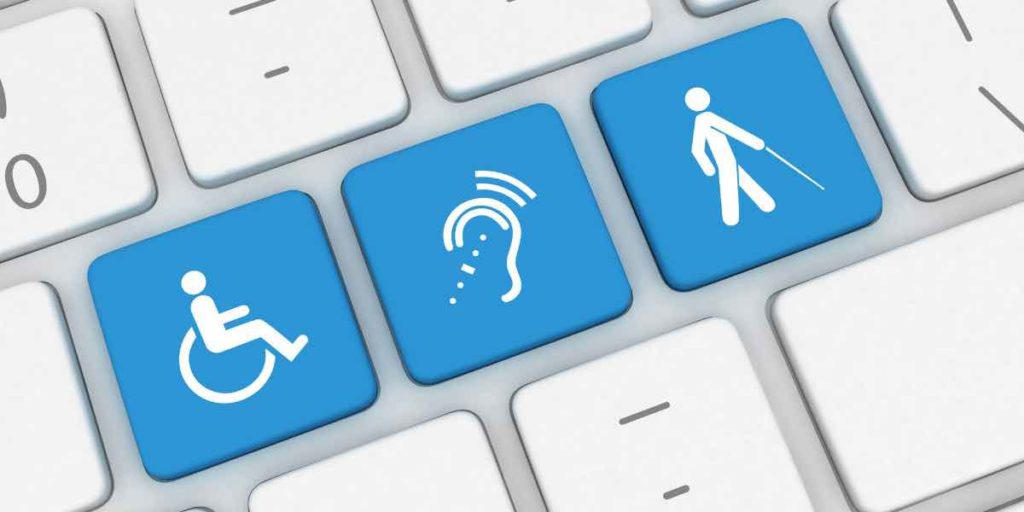We all use websites for different things, like shopping, learning, or chatting with friends. But sometimes, some websites just seem easier to use than others. Why is that? The answer is ‘accessibility’. Let’s break down what this means and why it’s important for all websites.
What is accessibility in a website?
When we say a website is ‘accessible’, we mean that everyone can use it easily. Think of it like a building with a ramp. The ramp helps people in wheelchairs get inside. In the same way, an accessible website has features that help everyone, even people with disabilities, use it without problems. So, accessibility is all about making sure everyone can enjoy the web, no matter how they browse.
How do I make my website accessible?
🌐
Want to make your website friendlier for everyone? Here are some simple steps:
- Describe Your Images:
If you have pictures on your website, add a short text that says what the picture is about. This helps people who can’t see the picture understand it. - Use the Keyboard:
Some people can’t use a mouse. Make sure they can use your website with just their keyboard. - Easy-to-Read Text:
Choose simple fonts and colors that are easy on the eyes. - Keep It Simple:
Make sure your website has clear buttons and links. This helps everyone find what they’re looking for. - Words for Videos:
If you have videos, add words at the bottom that say what’s being spoken. This helps people who can’t hear the video. - Keep Things the Same:
Try to keep menus and buttons in the same place on every page. This makes your website easier to understand. - No Surprises:
If something on your website makes noise or moves, let people choose to turn it on. Surprises can be confusing.
In addition to the above, consider the following:
- Semantic HTML:
Using proper HTML tags improves accessibility. It makes your site more understandable, especially for screen readers. - Consistent Layout:
Having a predictable layout helps users, especially those with cognitive challenges, to navigate your site easily. - Engage with Feedback:
If someone points out an accessibility issue on your site, engage with them. Understand their concern and try to address it.
Accessibility and the Law:
While the aim of making a website accessible is to ensure it’s user-friendly for everyone, it’s essential to note that legal requirements can vary across countries. In many places, ensuring website accessibility isn’t just a best practice—it’s mandated by law. This is especially true for ensuring accessibility for individuals with disabilities. Although many countries might reference standards like the Web Content Accessibility Guidelines (WCAG) as a benchmark, it’s crucial to stay updated with the specific regulations in your jurisdiction. This information is provided as a general overview, and for the most accurate and up-to-date legal requirements, you should consult local regulations or legal counsel. For a deeper understanding of accessibility, you can refer to this detailed guide.
Making a website accessible is like adding a ramp to a building. It’s a simple way to make sure everyone can use it. And when everyone can use your website, more people will want to visit it! If you’re looking to further optimize your website for search engines, understanding on-page SEO can be beneficial. And if you’re pressed for time or need expert guidance, consider hiring an SEO expert to elevate your site’s visibility and accessibility.




